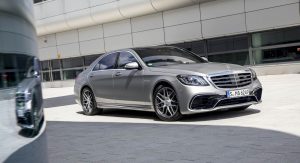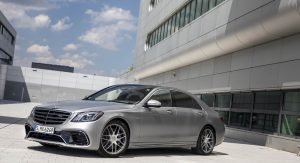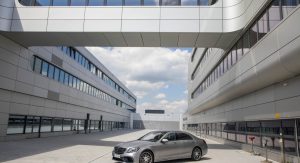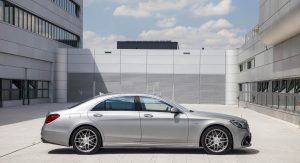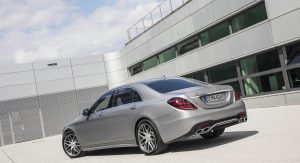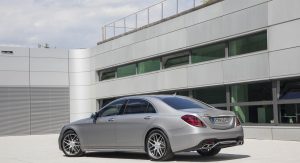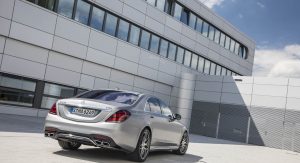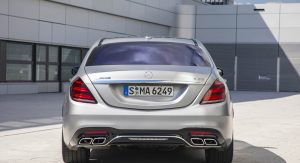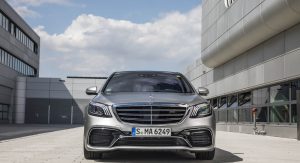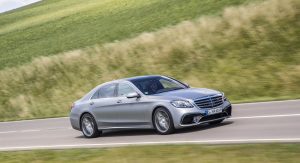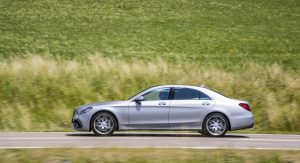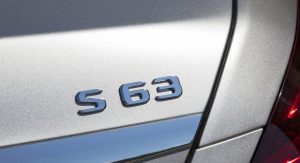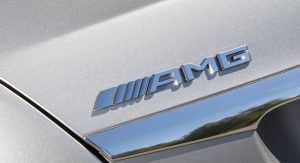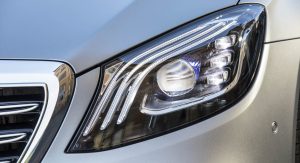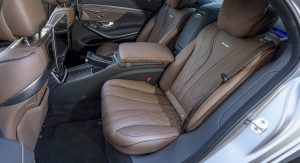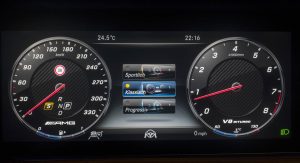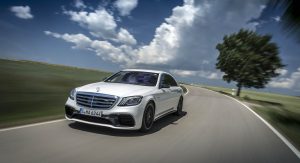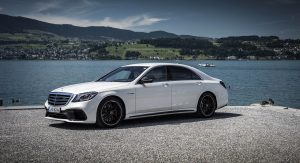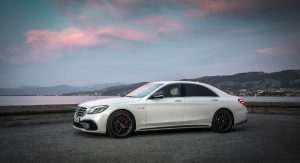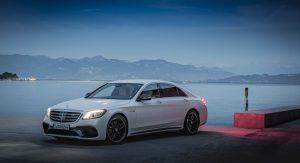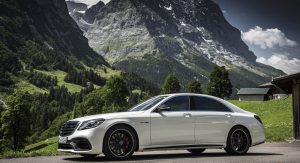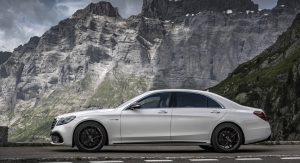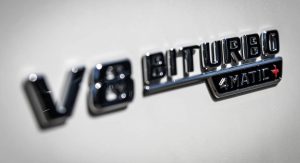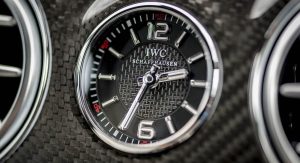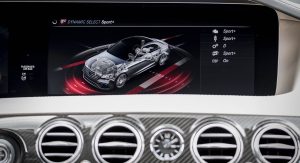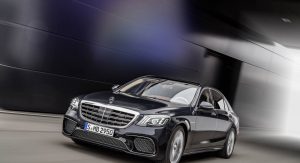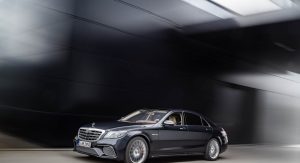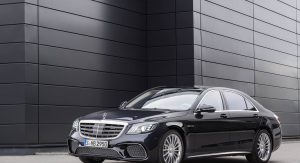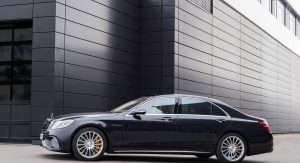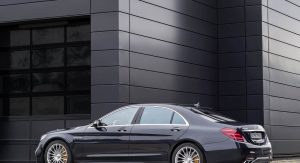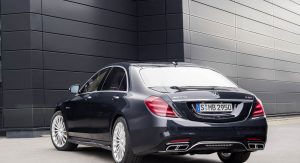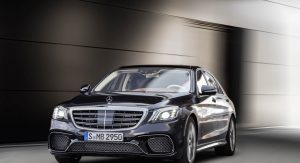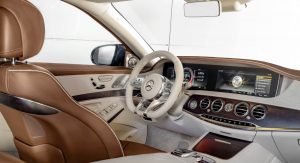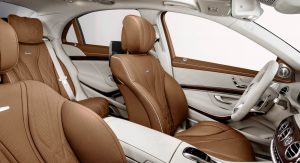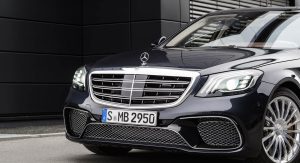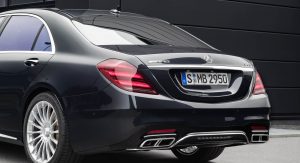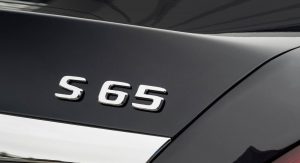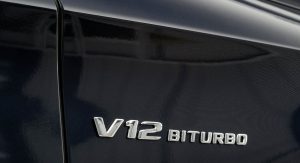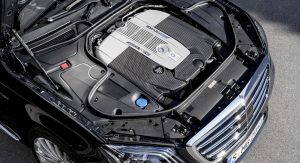Take the same car, made by the same manufacturer. Give one a V8 and the other a V12, and which would you think would be faster? The V12, right?
That might stand to reason, but as the AMG versions of the latest Mercedes S-Class go to show, it’s not that simple.
Benz’s performance division, as you may have noticed, offers two versions of the big luxury sedan: the S63 and S65. The former packs a 4.0-liter V8 rated at 612 horsepower and 664 lb-ft of torque, the latter a 6.0-liter V12 with 630 hp and 738 lb-ft – both twin-turbocharged. Yet it’s the less potent of the two that wins off the line. And not by a small margin, either.
While both are electronically limited to 155 miles per hour (or 186 with the optional AMG Driver’s package), the S63 boasts quicker acceleration… much quicker. It takes just 3.5 seconds to reach 62 miles per hour from a standstill, versus the S65’s 4.3 seconds.
So what gives, you ask? Does it come down to weight? The S65 is about 400 pounds heavier, and with most of that difference in mass up in the nose, it might feel more sluggish when the road gets twisty. But that hardly makes that big a difference when they both weigh well over two tons.
No, the difference in performance likely comes down to traction. Where the S63 packs AMG’s performance-oriented 4Matic+ all-wheel drive system, the enormous torque generated by the big V12 is sent entirely to the rear wheels. (Not for nothing, but the S63 also employs a new nine-speed transmission instead of the S65’s seven.)
The AMG S-Class isn’t the only big, expensive performance machine that offers a choice of eight or twelve cylinders. But the difference in Benz terms is the most glaring – and the only one whose performance favors the smaller engine.
Ferrari will sell you a GTC4 Lusso with either a 3.9-liter twin-turbo V8 (rated at 602 hp and 561 lb-ft) or a 6.3-liter V12 (681 hp/516 lb-ft), with the quoted 0-62 acceleration times coming within a fraction of second: 3.4 seconds (and 214 mph) for the AWD twelve, or 3.5 seconds (and 199 mph) for the rear-drive eight.
Aston Martin now also offers the DB11 with a V8 or V12, the former a less potent version of the S63’s engine and both twin-turbocharged driving the rear wheels: 503 hp and 498 lb-ft deliver a 4.0-second 0-62 time and 186-mph top speed, while 600 hp and 516 lb-ft offer up 3.9 seconds and 200 mph. Bentley similarly markets eight- and twelve-cylinder versions of its Continental GT and Flying Spur models, but with numerous output levels (ranging from 500 hp to 616) it’s harder to compare them all directly.
The acceleration figures for the Aston and Ferrari are so close that they could come down as much to marketing and product positioning as they do to real-world performance. But the AMGs make it clear as night and day: power is nothing without traction.



![Mercedes-AMG S63 V8 vs S65 V12: Which Do You Think Would Be Faster? [67 Pics]](https://www.carscoops.com/wp-content/uploads/2017/07/s63-s65.jpg)
